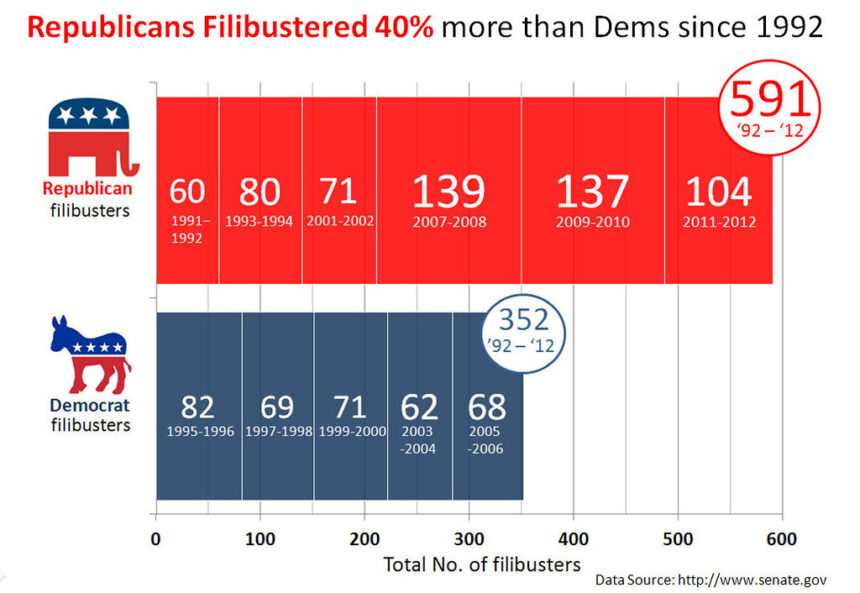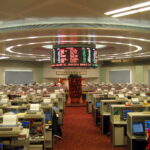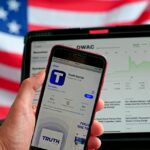The United States’ inflation rate dipped more than anticipated in March. Meanwhile, weekly unemployment claims increased, suggesting a possible softening of the economy at a time when tariff tensions are increasing.
The Bureau of Labor Statistics reported on Thursday that consumer prices (CPI), as adjusted for season, fell by 0.1% in February. This lowered the inflation rate over a 12-month period to 2.4%.
Breaking: US Core CPI inflation just dropped below 3.0%, the lowest level since March 2021
US Core Inflation in March
The core inflation rate, which excludes volatile energy and food prices, grew just 0.1% and has slowed down to 2.8% on an annual basis — its lowest level since March 2021.
Dow Jones estimated that Wall Street expected core inflation to be 3% and headline inflation of 2.6%.
The fall in energy prices helped to cool the price pressures. In March, gasoline prices dropped 6.3%. This led to a 2.4% drop in the overall energy index.
In the meantime, prices of food increased 0.4% in one month. Egg prices rose 5.9%, and are up more than 60% on a year-over-year basis.
In March, shelter costs rose just 0.2%, marking a gain of 4% over the last year. This is the lowest rate since November 2021.
Kay Haigh is the global co-head for fixed income solutions and liquidity at Goldman Sachs Asset Management. She told CNBC the CPI data was “backward-looking,” given recent changes in the trade policies.
Haigh said, “The Fed will likely face difficult decisions in the future as the tariff-driven increases in prices start to affect inflation while the economy remains weak.”
Initial claims of unemployment for the week ending on April 6,
The Labor Department reported that initial claims for unemployment benefits rose to 228,000 in the week ended April 6th, adding to other signs of an economy cooling.
This was higher than economists’ predictions of 215,000, and also the revised number of 215,000 from last week.
The number of people still receiving unemployment compensation, or continuing claims, has risen to 1,82 million, the highest in more than two months.
Markets are at a vulnerable time as the easing of inflation and increase in jobless claims come during a period when they need to be cautious.
The move by President Donald Trump to suspend some of his controversial’reciprocal’ tariffs helped stabilise sentiment following a volatile trading week.
But concerns over a possible slowdown persist as China’s tariffs jump from 125 to 125% immediately. Other countries, meanwhile, return to 10% during the 90-day period of negotiation.
Even as the geopolitical risk increases, investors are betting on a Federal Reserve that can ease rates this year due to easing price pressures.
The markets reacted positively: the Dow Jones Industrial Average soared over 2,800 points; the S&P500 jumped more than 9% and the Nasdaq recorded its biggest one-day increase in decades.
As new information becomes available, this post US inflation falls to 2.4% as claims for unemployment rises in March. Market jitters eased may change.






